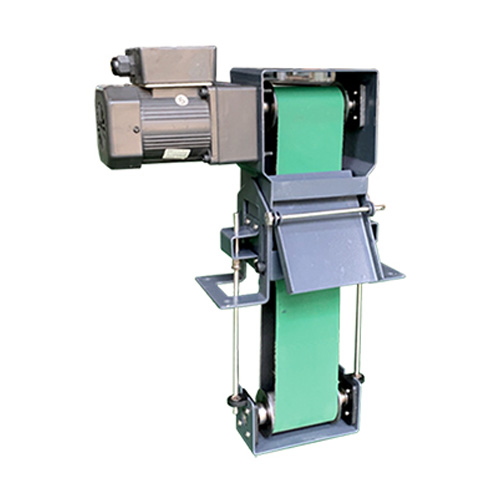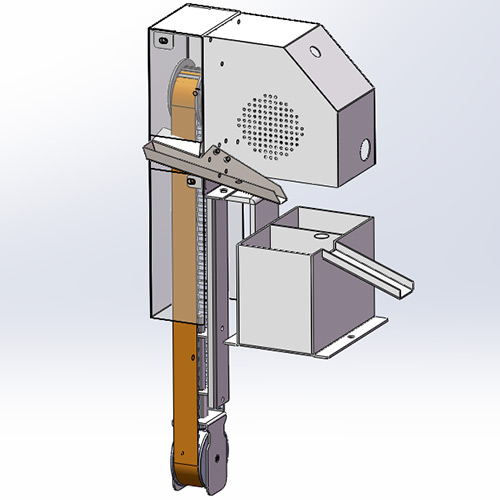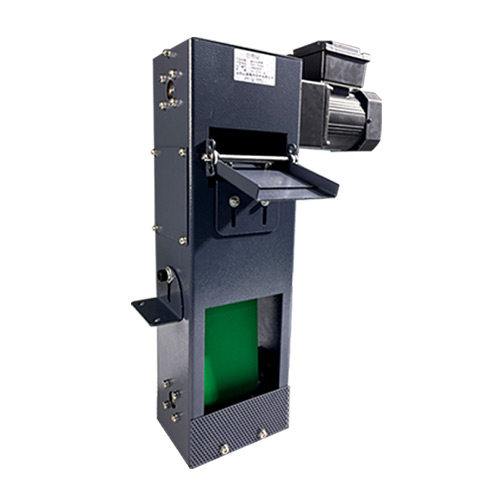Welcome to My Blog!
Before we dive into the content, if you’re interested in our products or have any questions, please feel free to visit our Contact Us page on the website. Our team is ready to assist you with inquiries, orders, or any support you may need.
Now, let’s get started on our journey together. I hope you find the content here insightful, engaging, and valuable.
Table of Contents
Introduction

In the world of modern manufacturing, precision and efficiency are paramount. Two of the most essential machines used in this regard are the CNC Lathe and the CNC Milling Machine. While both machines are crucial in producing complex parts, they serve different purposes and have distinct capabilities. In this article, we will explore the key differences between CNC Lathes and Milling Machines, helping you determine which machine is best suited for your business needs.
What is a CNC Lathe?
A CNC Lathe is a computer-controlled machine tool used to shape materials by removing parts from a rotating workpiece using a cutting tool. The machine rotates the material while the cutting tool moves along multiple axes to produce cylindrical parts. CNC Lathes are primarily used for turning operations, which include cutting, drilling, and threading.
Key Features of a CNC Lathe:
- Rotating Workpiece: The workpiece is rotated at high speeds while a stationary tool cuts away material.
- Precision: CNC Lathes offer high precision and repeatability, making them ideal for mass production of symmetrical parts.
- Common Applications: CNC Lathes are widely used in industries such as automotive, aerospace, and medical devices to manufacture parts like shafts, bushings, and threaded components.
What is a Milling Machine?

A Milling Machine uses rotating cutters to remove material from a stationary workpiece. Unlike the CNC Lathe, which rotates the workpiece, the Milling Machine rotates the cutting tool. Milling Machines are versatile and can perform a variety of operations, including cutting, drilling, boring, and shaping.
Key Features of a Milling Machine:
- Rotating Tool: The cutting tool rotates and moves across the stationary workpiece, allowing for a variety of shapes and cuts.
- Multi-dimensional Cutting: Milling Machines can work in multiple directions, making them ideal for complex parts with intricate geometries.
- Common Applications: CNC Milling Machines are used in the automotive, aerospace, and electronics industries to produce parts such as engine blocks, turbine blades, and housings.
Key Differences Between CNC Lathe and Milling Machine
While both machines are used to shape materials, they differ significantly in terms of functionality, operations, and applications.
Workpiece Rotation vs Tool Rotation
- CNC Lathe: The workpiece is rotated, and the cutting tool is applied to shape the material. This is ideal for turning operations such as creating cylindrical or circular parts.
- Milling Machine: The cutting tool rotates, while the workpiece remains stationary. This allows for the machining of more complex geometries, including multi-dimensional shapes and holes.
Primary Operations
- CNC Lathe: Best for operations like turning, drilling, boring, and threading. It is ideal for producing cylindrical parts with high precision.
- Milling Machine: Suitable for operations like cutting, drilling, boring, and shaping. It excels at creating complex parts with irregular shapes or multi-axis machining.
Flexibility in Part Shapes
- CNC Lathe: Limited to producing parts with cylindrical shapes. The machine is best for parts like shafts, pins, and bushings.
- Milling Machine: More flexible, capable of producing parts with complex, multi-dimensional geometries. This includes parts such as engine blocks, housings, and detailed prototypes.
Speed and Efficiency
- CNC Lathe: Typically faster when it comes to producing symmetrical parts in high volumes, making it more cost-effective for mass production.
- Milling Machine: May take more time for complex parts but offers greater versatility in terms of shape and complexity.
Precision and Tolerance
- CNC Lathe: Known for its high precision in turning operations, with a focus on tight tolerances for cylindrical parts.
- Milling Machine: Offers excellent precision but is generally used for parts requiring multi-dimensional shaping, which can be more time-consuming to program and execute.
Material Compatibility
- CNC Lathe: Best for metalworking and plastic machining, particularly for materials that require precision turning operations.
- Milling Machine: Can handle a wide variety of materials, including metals, plastics, and composites, making it more versatile for different types of projects.
Pros and Cons of CNC Lathe vs Milling Machine
CNC Lathe Advantages:
- High-speed production of symmetrical parts.
- Ideal for mass production of cylindrical parts.
- Easier programming and setup for simple operations.
CNC Lathe Disadvantages:
- Limited to turning operations, not suitable for multi-axis shapes.
- Lower versatility compared to Milling Machines.
Milling Machine Advantages:
- Capable of producing complex parts with multi-dimensional geometries.
- More flexible in terms of tooling and operations.
- Suitable for multi-axis machining and intricate detailing.
Milling Machine Disadvantages:
- Slower in production for simple, symmetrical parts.
- More complex programming and setup compared to CNC Lathes.
When to Choose a CNC Lathe Over a Milling Machine

If your production involves high-volume, cylindrical parts, such as automotive or aerospace components, a CNC Lathe is likely the better choice. Lathes excel at producing symmetrical parts quickly and efficiently, making them ideal for industries that require high-speed and high-precision manufacturing.
When to Choose a Milling Machine Over a CNC Lathe
For parts with complex geometries or multi-dimensional shapes, a CNC Milling Machine is the better choice. If your project requires intricate detail, such as engine blocks or turbine blades, the flexibility of a Milling Machine will allow you to produce more detailed and versatile components.
Comparing Cost Factors: CNC Lathe vs Milling Machine
While both machines have high initial costs, CNC Lathes tend to be more affordable for simpler, high-volume operations. Milling Machines, due to their complexity and versatility, generally come at a higher cost, both in terms of the machine price and operational expenses.
Common Applications of CNC Lathe and Milling Machines
- CNC Lathe: Automotive parts, aerospace components, medical devices, and precision-engineered components like bushings and shafts.
- CNC Milling Machine: Aerospace (turbine blades, engine components), automotive (engine blocks, chassis), medical devices, and electronics.
Choosing the Right Machine for Your Business Needs

The decision between a CNC Lathe and a Milling Machine depends largely on your specific production needs. If you focus on cylindrical parts and mass production, a CNC Lathe will be more efficient. However, if your products require complex shapes and multi-dimensional machining, a Milling Machine is the better option.
Conclusion
Both CNC Lathes and Milling Machines are indispensable tools in the world of precision manufacturing. By understanding the key differences between these machines, you can make an informed decision on which machine best suits your business needs. Whether you’re focusing on high-volume, cylindrical parts or complex, multi-dimensional shapes, both machines have a critical role to play in ensuring high-quality production.
FAQ
Can a CNC Lathe perform milling operations?
While CNC Lathes are primarily designed for turning operations, advanced models can handle basic milling tasks with additional attachments.
Can a Milling Machine be used for turning operations?
Milling Machines are generally not used for turning. They are designed for more complex, multi-dimensional cutting.
How much does a CNC Lathe cost compared to a Milling Machine?
CNC Lathes are generally more affordable, but the cost varies depending on specifications. Milling Machines tend to have a higher upfront cost due to their complexity.
Which machine is better for small businesses?
The choice depends on the type of parts you need. A CNC Lathe is more cost-effective for cylindrical parts, while a Milling Machine is ideal for complex shapes.
Ready to Choose the Right Machine for Your Business?
Whether you’re leaning towards a CNC Lathe for high-speed, precision turning, or a CNC Milling Machine for intricate, multi-dimensional machining, the right tool can significantly enhance your production capabilities. Contact us today to explore our range of CNC machines, get expert advice, and make an informed decision that suits your business needs.
Request a Free Consultation Now!
Don’t wait — optimize your manufacturing process with the right machine today!




